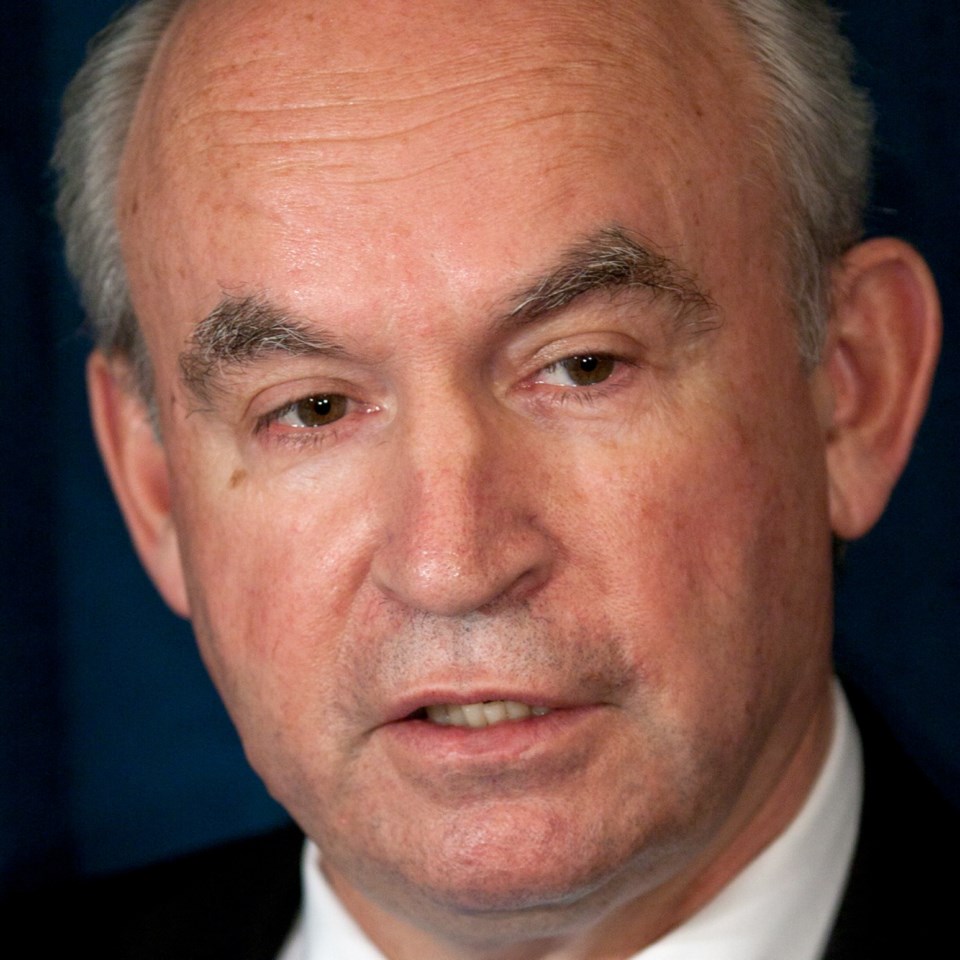The B.C. government opened the door to increased development on agricultural land in the northern and eastern parts of the province Thursday.
In a move decried by the NDP, acting Agriculture Minister Steven Thomson introduced legislation that splits the Agricultural Land Reserve into two zones.
In Zone 1, which includes Vancouver Island, the South Coast and the Okanagan, the Agricultural Land Commission will continue to base its decisions on the original principle of protecting farmland.
“No changes in Zone 1,” Thomson said.
But in Zone 2, which includes the North, Interior and Kootenay regions, the commission will also consider “economic, cultural and social values as well as regional and community planning objectives.”
The government has yet to spell out what types of projects could go ahead that were denied in the past.
But Core Review Minister Bill Bennett cited an example from his Kootenay East riding, where the commission refused a man permission to extract gravel from piece of forested land unfit for agriculture. Under the new legislation, the commission would have the ability to look at factors other than the protection of farmland “and make a different decision,” he said.
The government also said there could be further changes that will allow “new, limited, value-added farming activities, such as food processing on farmland” in both zones.
Bennett and Thomson insisted that the commission will remain independent and focused on preserving farmland.
But the Opposition warned that the changes put farmland at risk of increased industrial and residential development.
“We’re going to be fighting with everything we’ve got to make sure the reserve stays whole,” said Saanich South NDP MLA Lana Popham. “Splitting it in half means that one half is going to be for agriculture, the other half is going to be for whatever this government decides is good enough.”
Harold Steves, a former NDP MLA who helped establish the land reserve 40 years ago, said the legislation merely opens up new fronts in the ongoing battle to protect farmland.
“They’ve re-drawn where the battles are going to be and the battle over agricultural land is going to be in the north and in the Interior,” he said. “My real fear is that they want to open the door for fracking and natural gas and oil. It doesn’t say what the non-farm uses would be.”
Faye Street, general manager of the Kootenay Livestock Association, said the changes will help farmers and ranchers by giving them extra income from non-arable land.
“I don’t care if my children want to build a prison on that land or a motel on that land,” she said, as long as it enhances the agricultural operation.
“I don’t have any problem with oil and gas exploration as long as it’s done on the non-food-producing portion of that land,” she said. “That’s what’s important. Too much land was put into the ALR.”
Bennett said the changes recognize the province’s regional differences in climate, geography, access to water, and soil quality.
He said there will be “no substantive change” in the southwest where there are more development and population pressures and where 10 per cent of total ALR land accounts for 85 per cent of farm revenue.
But in Zone 2, where growing seasons are shorter and there are lower value crops, the commission will have more flexibility, he said.
For example, the commission will be able to allow some “non-agricultural home-based businesses.” Acceptable uses are not specified in the legislation and will be determined after consultation with the commission, farmers and the Union of B.C. Municipalities.
Lenore Newman, Canada Research Chair in food security at the University of the Fraser Valley, questioned loosening farmland protections at a time when California is in the midst of a severe drought.
“Our biggest source of food is California and they’re in a total crisis,” she said. “We’re going to feel that at the grocery store guaranteed this summer. It might not be the best time to be weakening our farmland protection because there is this worry that in the future we could really use this.”
lkines@timescolonist.com



